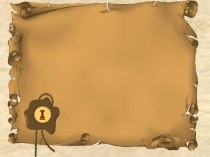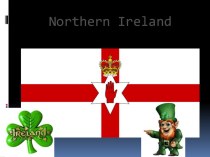- Главная
- Разное
- Бизнес и предпринимательство
- Образование
- Развлечения
- Государство
- Спорт
- Графика
- Культурология
- Еда и кулинария
- Лингвистика
- Религиоведение
- Черчение
- Физкультура
- ИЗО
- Психология
- Социология
- Английский язык
- Астрономия
- Алгебра
- Биология
- География
- Геометрия
- Детские презентации
- Информатика
- История
- Литература
- Маркетинг
- Математика
- Медицина
- Менеджмент
- Музыка
- МХК
- Немецкий язык
- ОБЖ
- Обществознание
- Окружающий мир
- Педагогика
- Русский язык
- Технология
- Физика
- Философия
- Химия
- Шаблоны, картинки для презентаций
- Экология
- Экономика
- Юриспруденция
Что такое findslide.org?
FindSlide.org - это сайт презентаций, докладов, шаблонов в формате PowerPoint.
Обратная связь
Email: Нажмите что бы посмотреть
Презентация на тему Recombinant DNA Technology
Содержание
- 2. “Metabolic pathways” expanded
- 3. Model organisms: Cellular biology, biochemistry...molecular biology
- 5. Developmental biology......
- 6. Fly mutation “eyeless”‘The fly and you are not much different.”
- 7. Jaenisch, R.Nat. Genet. 2001 27: 327-331
- 8. The ‘first’ science: “technology drives research drives technology dri...
- 10. Nucleic Acids – DNA and RNA
- 12. DNA + RNADNA + RNADNA + RNARNADNA
- 13. DNA structure -> sequence
- 15. Polymerase reaction:5’-> 3’
- 16. Page 93The central dogma
- 18. Gene expression.Page 93
- 20. What is a gene?
- 24. Page 95Eukaryotes – Intron-Exon concept
- 28. Recombinant DNA Technology
- 29. DefinitionsRecombinant DNA, a DNA construct created by
- 30. Recombinant DNA TechnologyClones -> Cells or organisms with identical DNA
- 31. Restrictionendonucleases5’-> 3’3’
- 35. Gel Electrophoresis
- 36. Gel Electrophoresis
- 37. Gel Electrophoresis
- 38. X-Ray structure of a complex of ethidium bromid with DNA.Page 1125
- 39. Construction of a restriction map.Page 104
- 40. Restriction map for the 5243-bp circular DNA of SV40.Page 104
- 43. Construction of a recombinant DNA molecule through the use of synthetic oligonucleotide adaptorsPage 109
- 45. Plasmid Cloning Vectors
- 46. Plasmid Cloning Vectors
- 47. Insertional inactivationGene in cloning site:LacZ -> pUC18
- 48. http://www.bio.davidson.edu/Courses/genomics/method/reporters.htmlBlue/White Selection
- 49. Insertional inactivationGene in cloning site:Resistance marker ->
- 51. Transformation and Selection
- 52. Horizontal gene transfer- Transformation -> uptake of
- 53. Electron micrograph of bacteriophage λ.Page 107Electron micrograph of the filamentous bacteriophage M13.Bacteriophages
- 54. Bacteriophage T2 injecting its DNA into an E. coliPage 84
- 55. Life Cycle of Bacteriophage
- 58. Page 107Replication of bacteriophage upon infection of a cell
- 61. Molecular genetics and bacteriophage
- 63. Cloning of foreign DNA in λ phages.Page 110
- 64. What is a gene library ?
- 65. Creation of Libraries
- 66. Creation of Libraries
- 67. Sizes of Some DNA Molecules.Page 92
- 69. Cosmid = Cos - Plasmid
- 73. Fragmentation of genomic DNA
- 75. cDNA synthesis
- 76. DNA LibraryClones -> genetically identical
- 77. Genomic phage library
- 78. Evaluation of library
- 79. Evaluation of library
- 80. Ordered libraryMicroarrays
- 81. Ordered library“Chromosome Walking”-> also used in “Human Genome Project”
- 82. Different ways to clone a gene
- 83. Bacterial host engineeringAlthough most strains of E.
- 84. Genetic and physical maps of the E. coli chromosomeFig. 8.14
- 85. E.Coli K12 strain has been used
- 86. Additional changes in K12 E.coli for
- 87. Additional changes in K12 E.coli for
- 88. Transformation of plasmid DNA in competent E. coli cellsCompetent (here) = able to uptake DNA
- 89. Transformation of plasmid DNA to competent E.
- 90. Calcium/phosphate (heat shock) methodwww.bch.msu.edu/bchug/webwww.bch.msu.edu/bchug/web/
- 91. Скачать презентацию
- 92. Похожие презентации
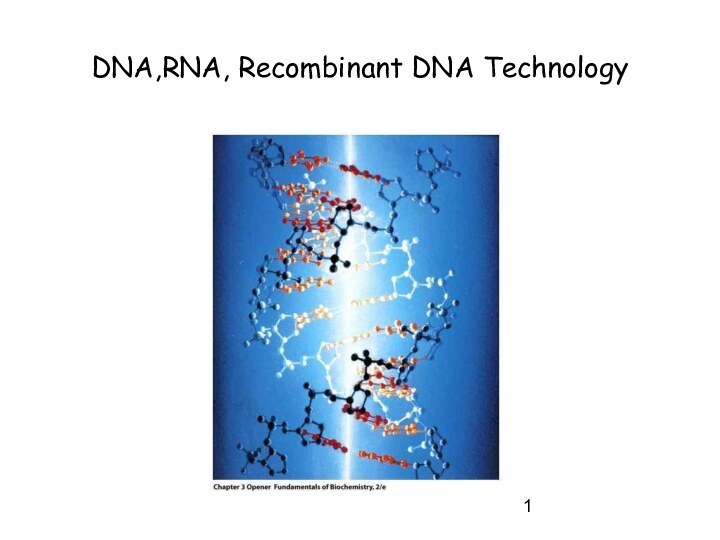

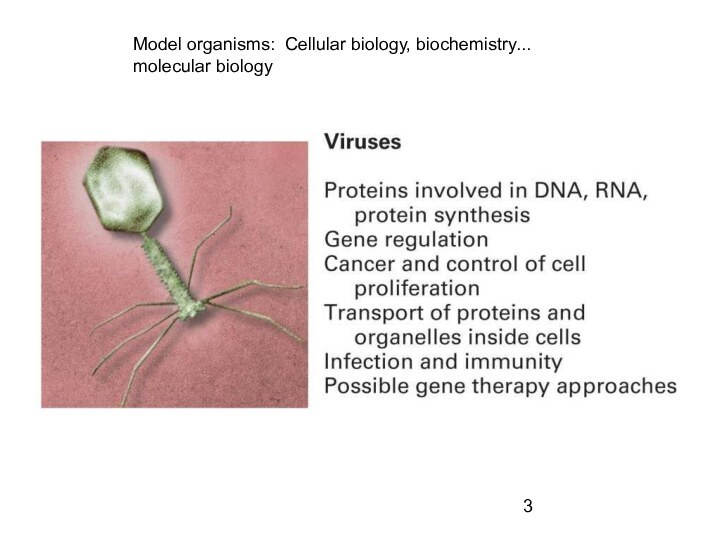
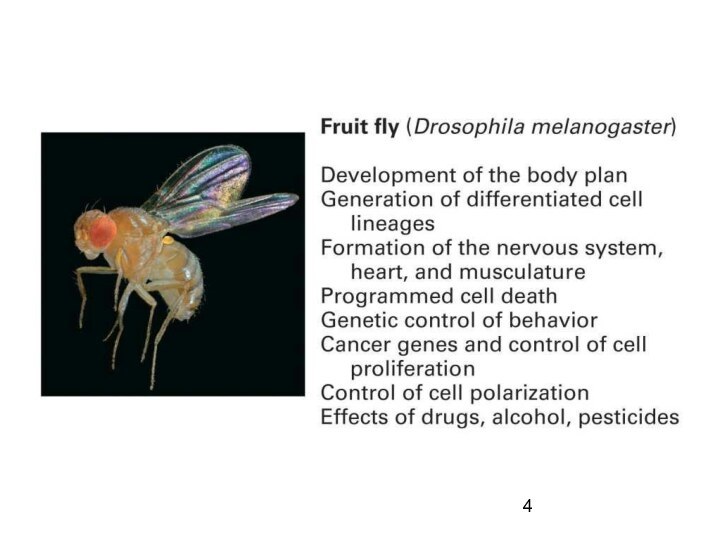


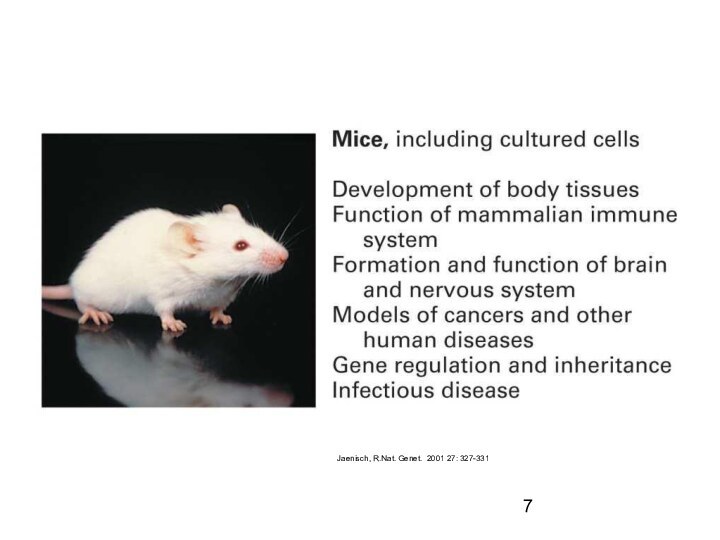


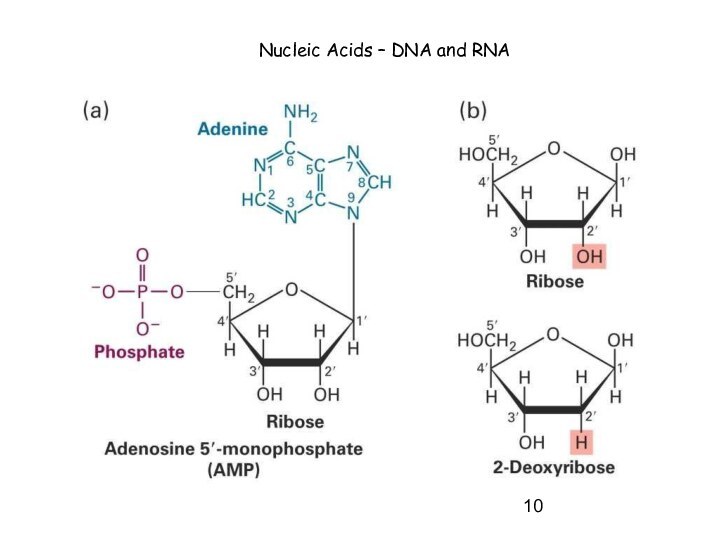
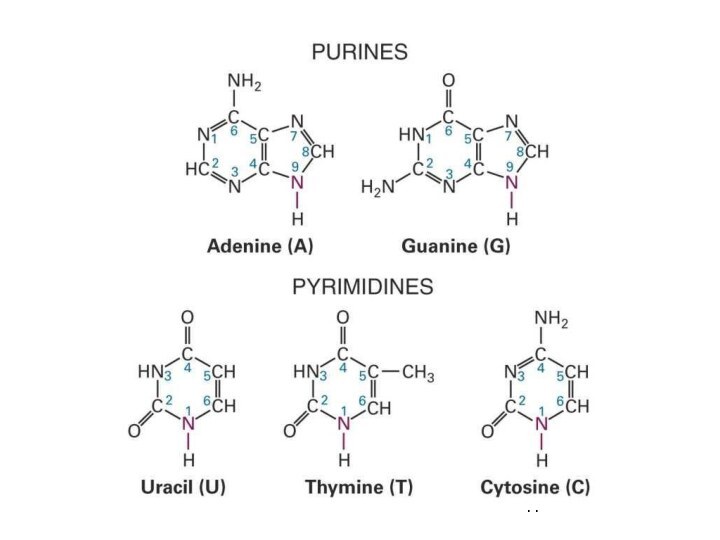

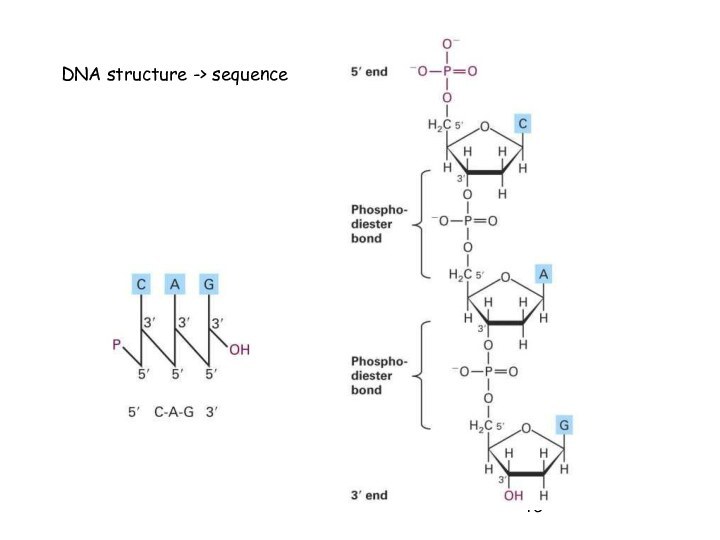


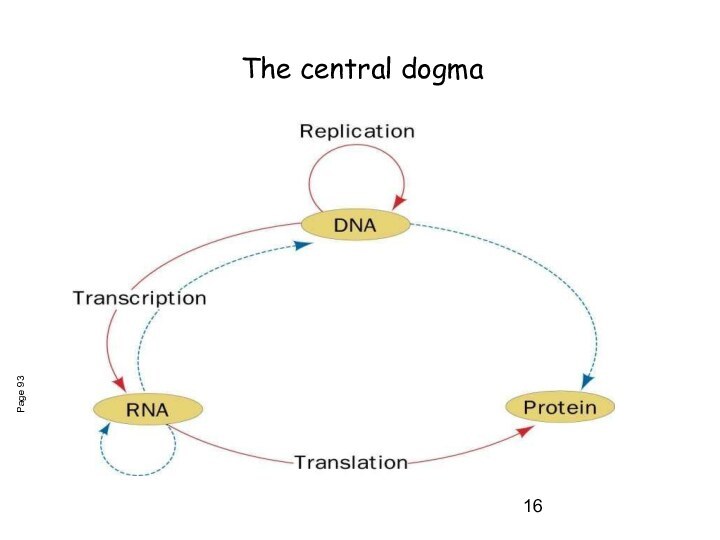
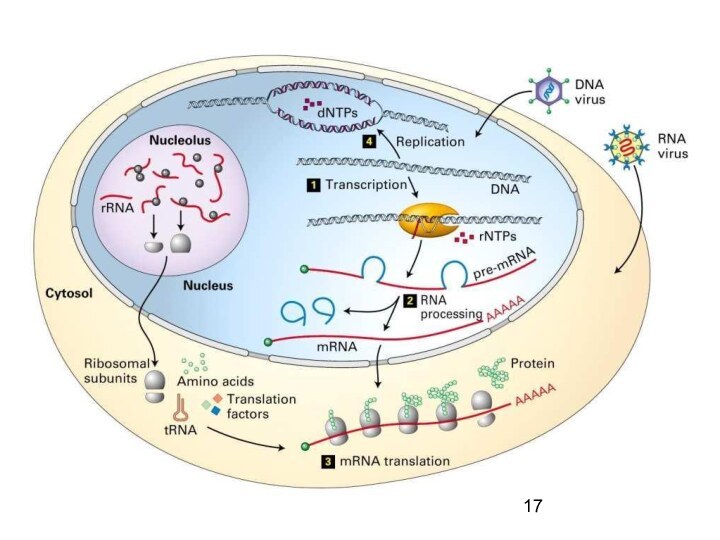
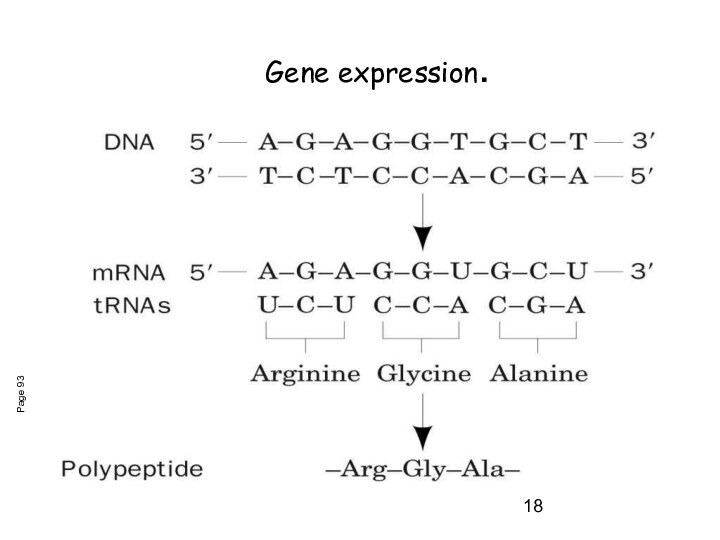


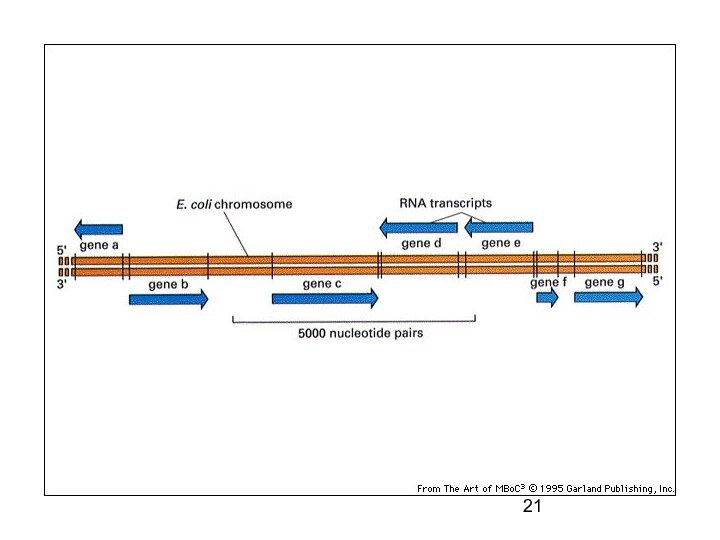
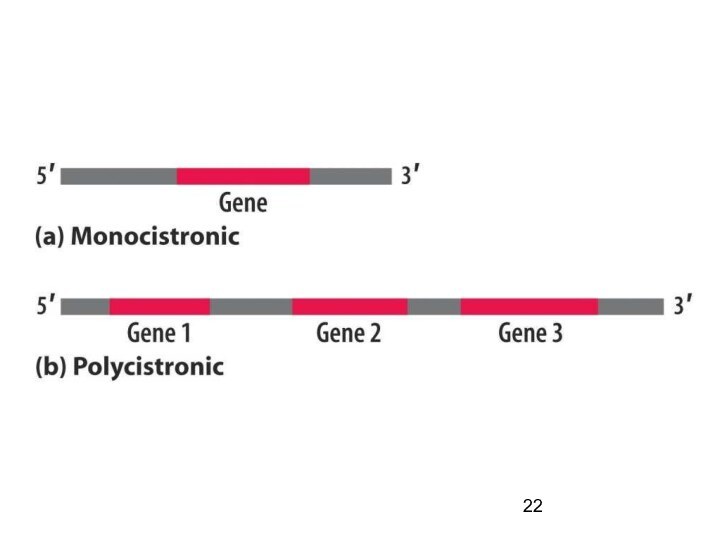



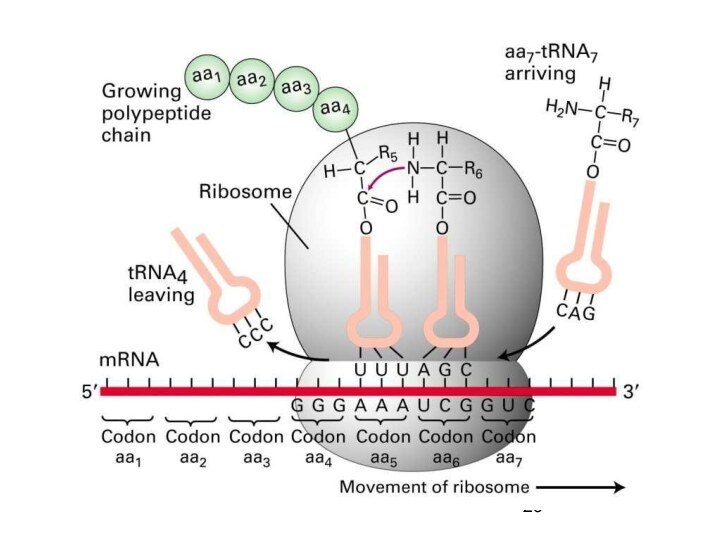

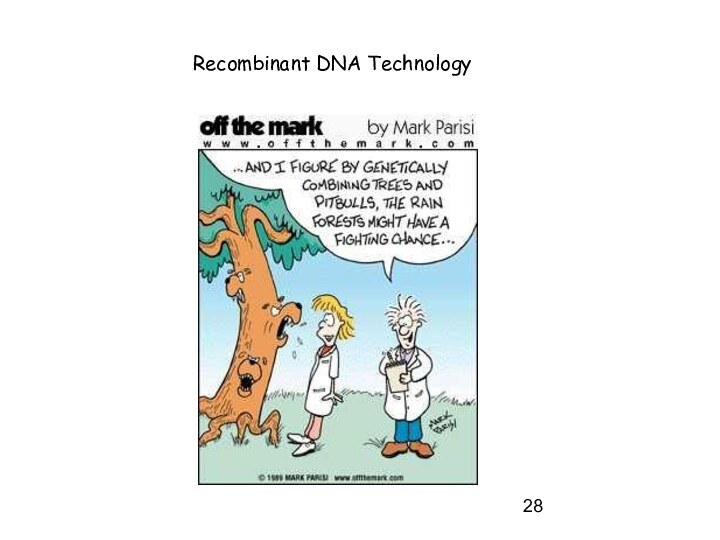
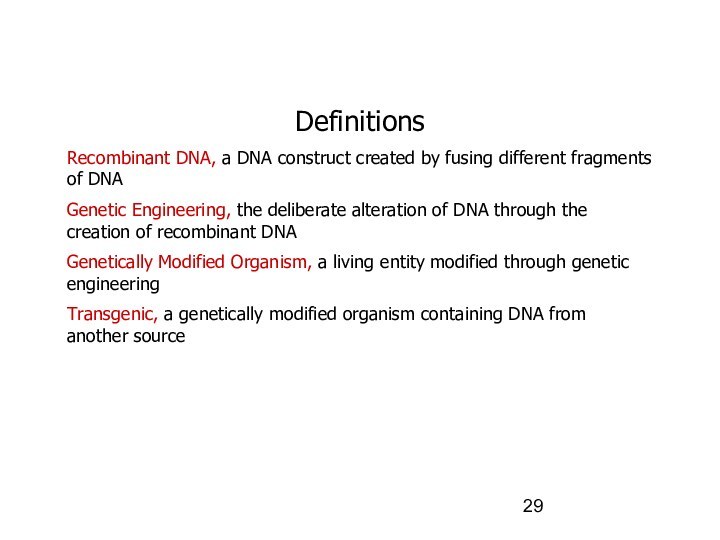
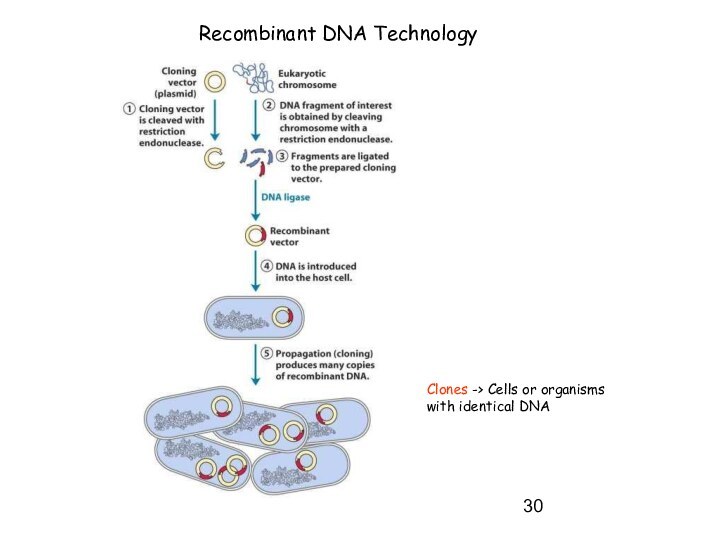


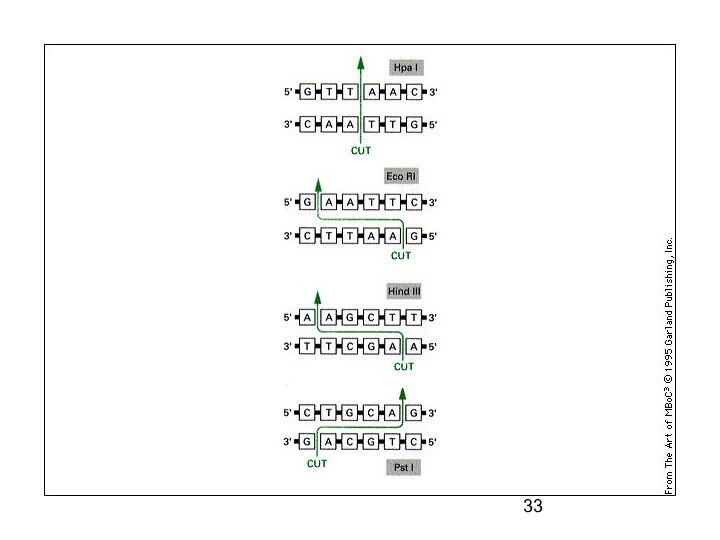


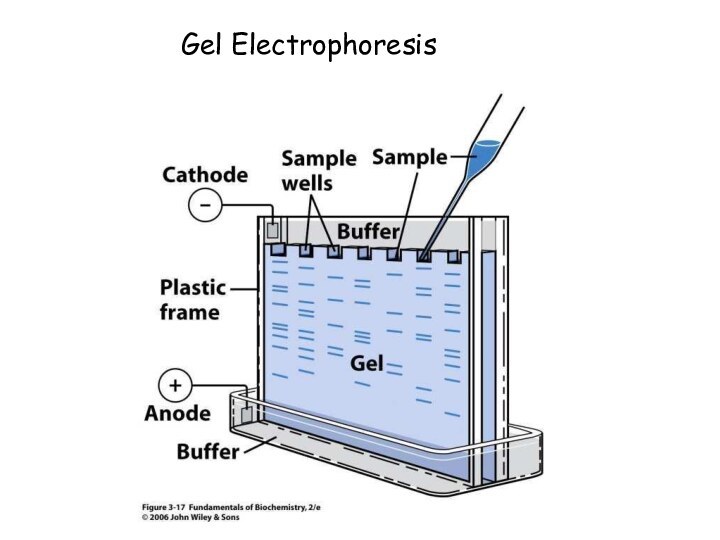
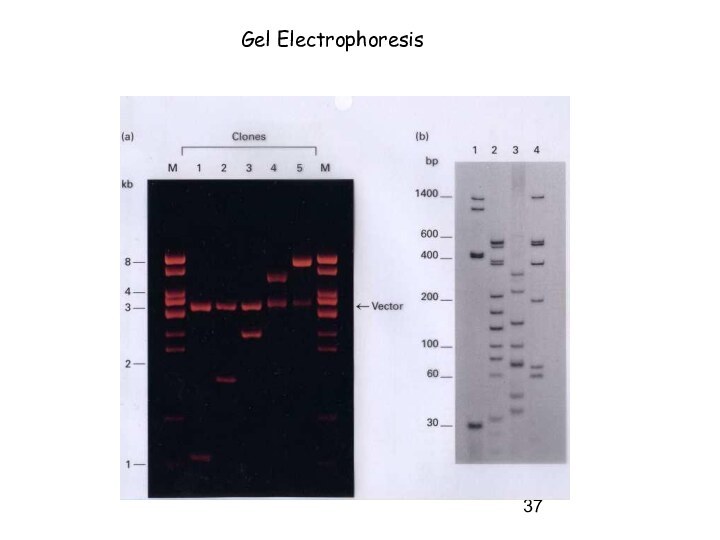

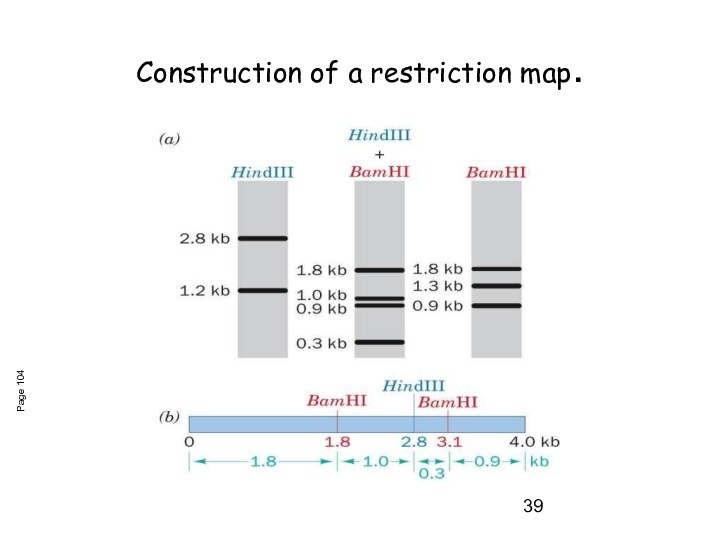

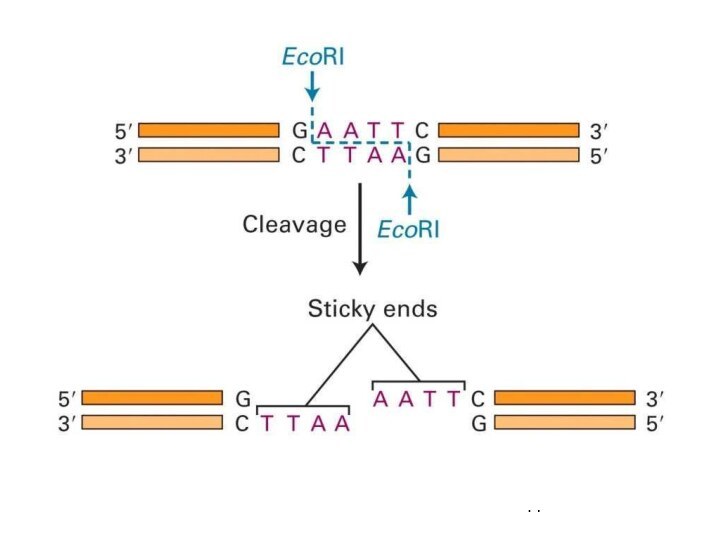




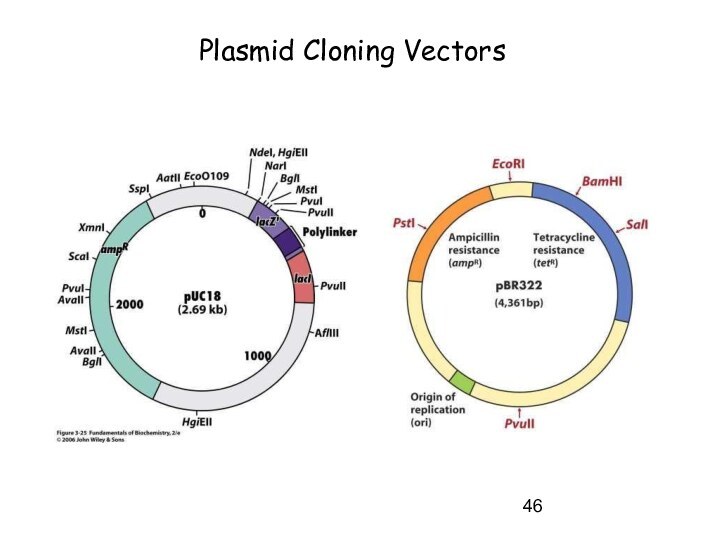
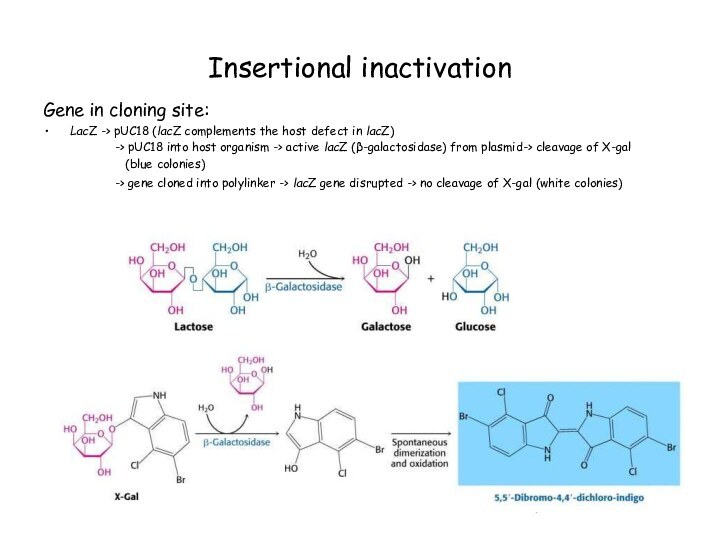
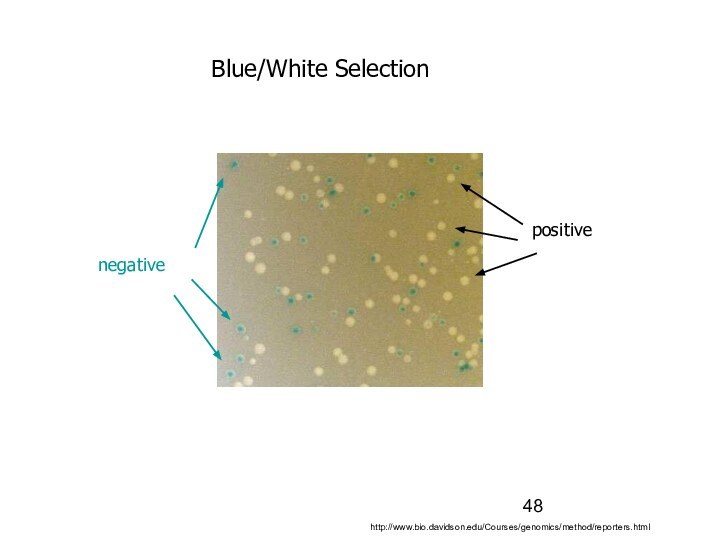


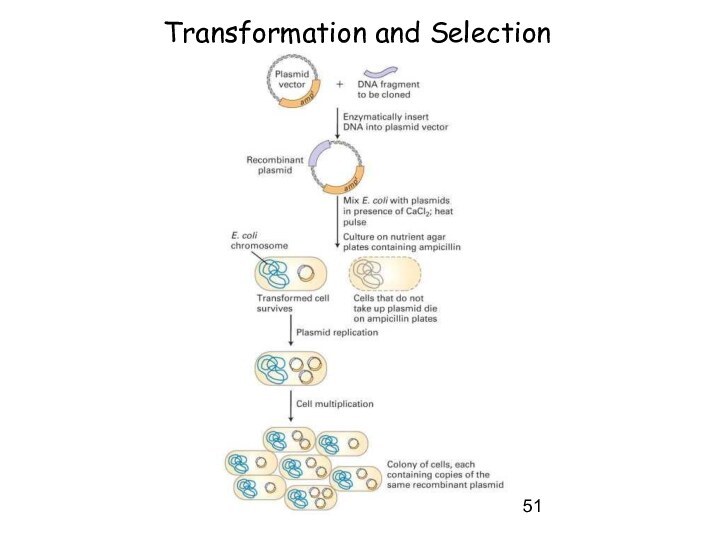

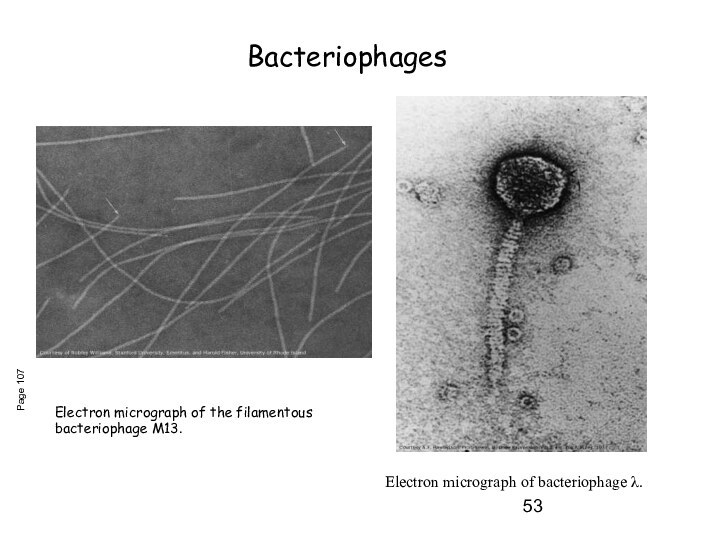
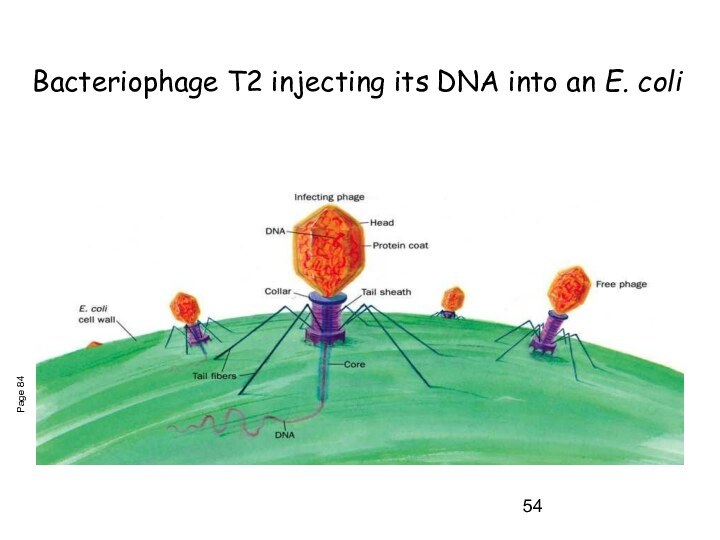




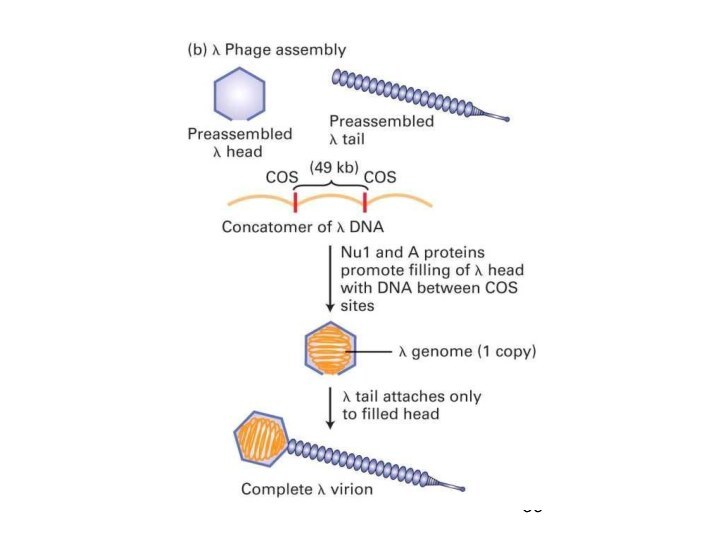




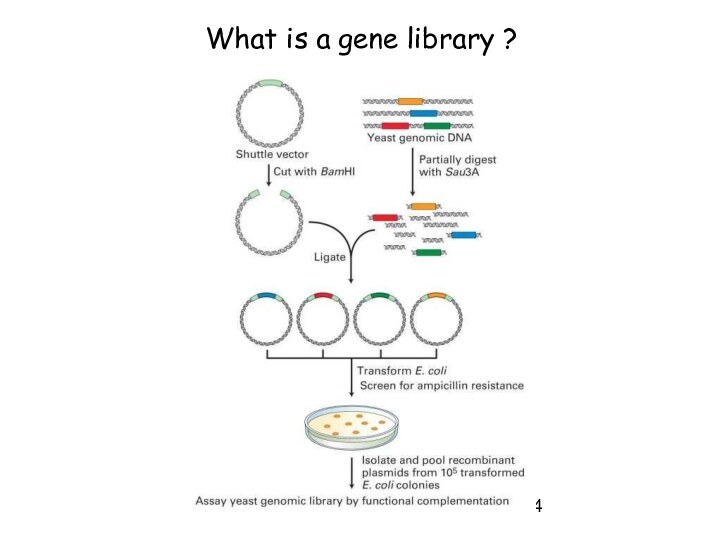
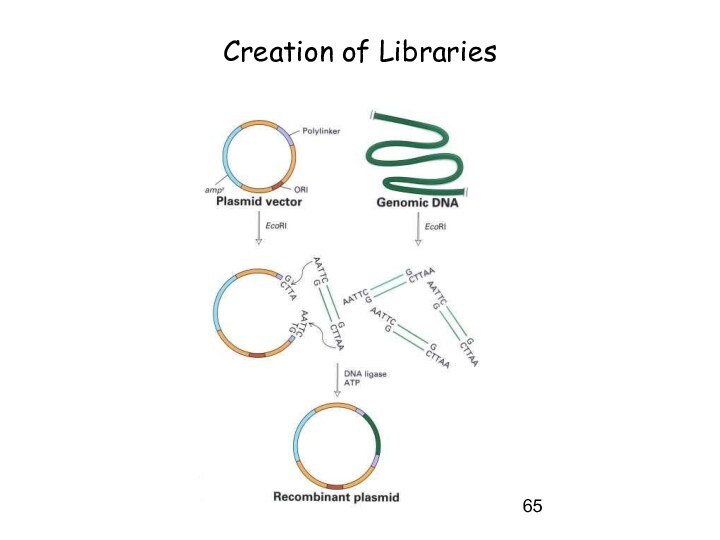


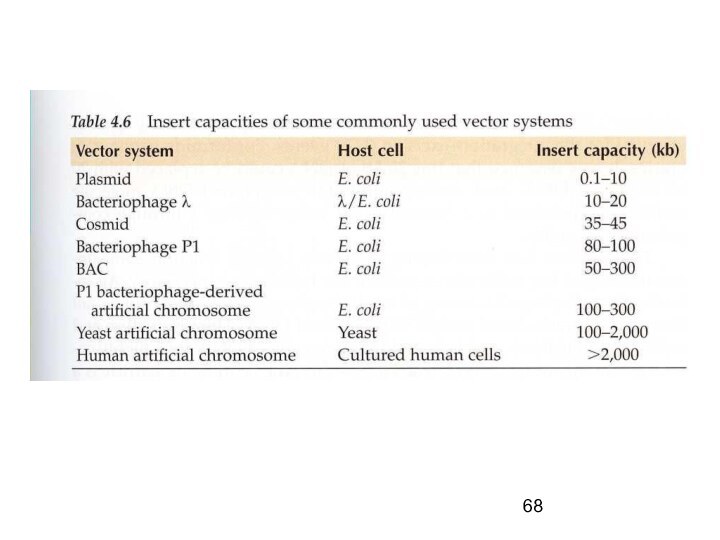






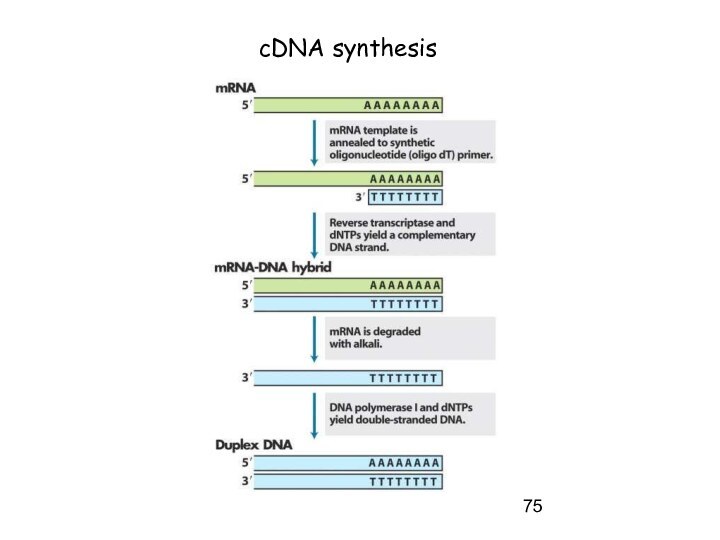

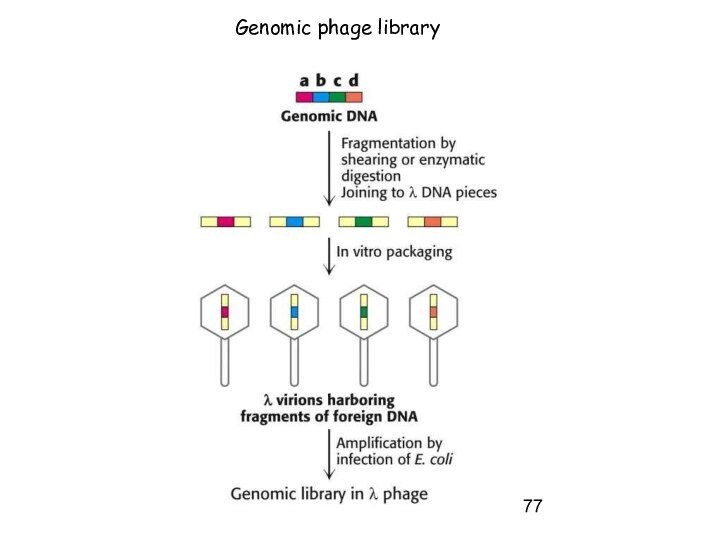




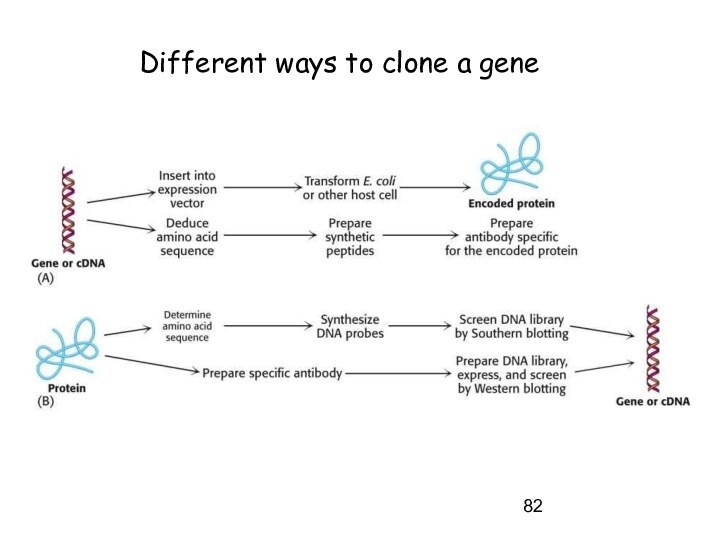


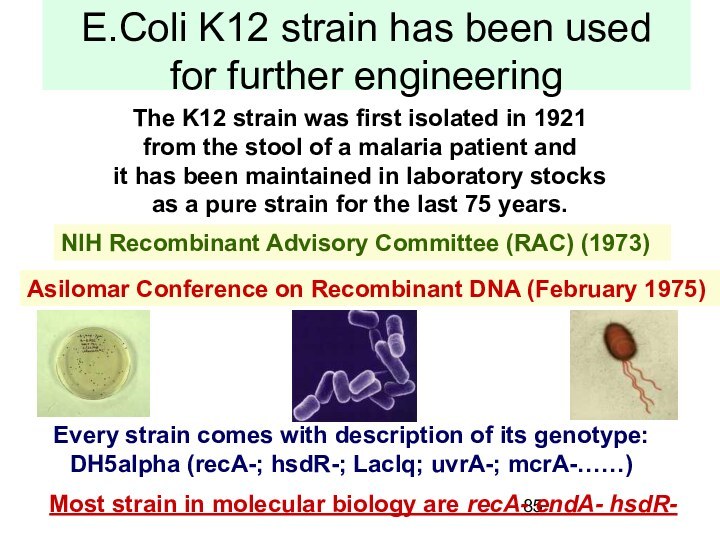

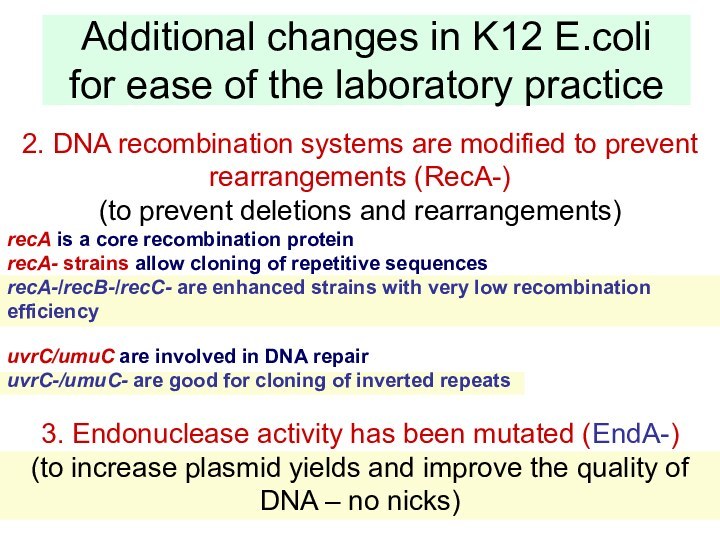


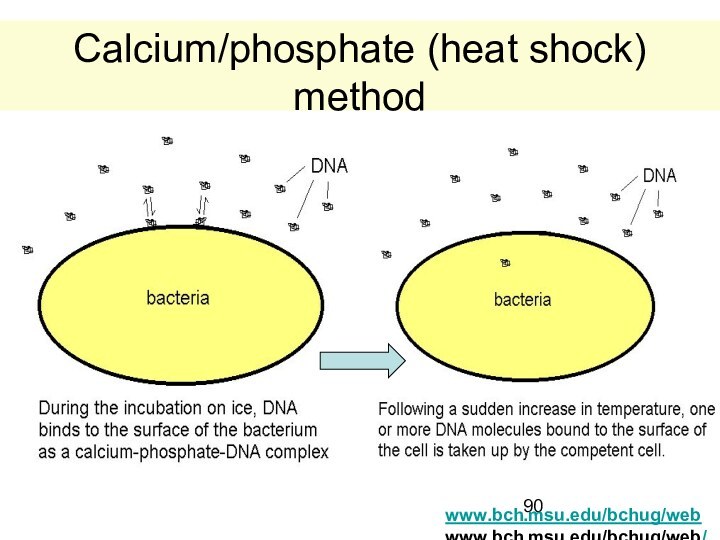
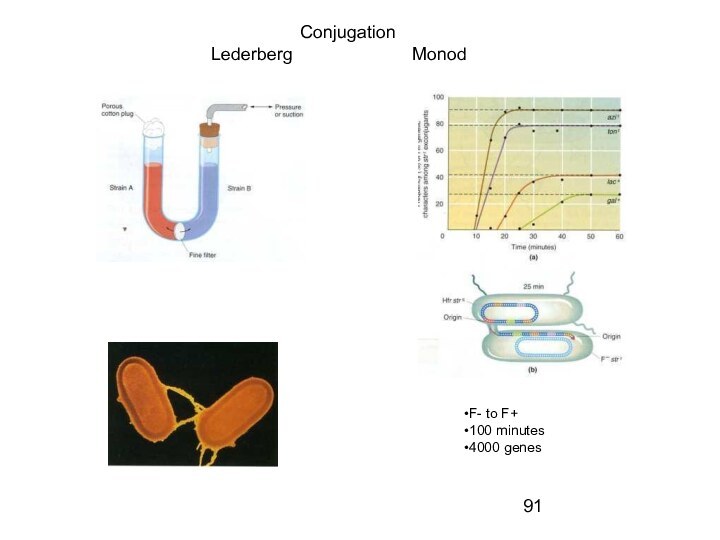
Слайд 29
Definitions
Recombinant DNA, a DNA construct created by fusing
different fragments of DNA
Genetic Engineering, the deliberate alteration of
DNA through the creation of recombinant DNAGenetically Modified Organism, a living entity modified through genetic engineering
Transgenic, a genetically modified organism containing DNA from another source
Слайд 43 Construction of a recombinant DNA molecule through the
use of synthetic oligonucleotide adaptors
Page 109
Слайд 47
Insertional inactivation
Gene in cloning site:
LacZ -> pUC18 (lacZ
complements the host defect in lacZ)
-> pUC18 into host
organism -> active lacZ (β-galactosidase) from plasmid-> cleavage of X-gal (blue colonies)
-> gene cloned into polylinker -> lacZ gene disrupted -> no cleavage of X-gal (white colonies)
Слайд 49
Insertional inactivation
Gene in cloning site:
Resistance marker -> pBR322
(cloning sites within antibiotica resistence marker)
-> plasmid
into host -> resistance against 2 antibiotica-> gene cloned within one resistance marker -> gene for antibiotica
resistance marker disrupted -> sensitive against one antibioticum
Слайд 52
Horizontal gene transfer
- Transformation -> uptake of naked
DNA (chemical transformation, electroporation)
- Conjugation -> DNA transfer by
cell – cell contactTransduction -> DNA transfer by bacteriopage infection
Other methods of Gene transfer -> used with fungi, animal and plant cells:
Microinjection
protoplasts
Слайд 53
Electron micrograph of bacteriophage λ.
Page 107
Electron micrograph of
the filamentous bacteriophage M13.
Bacteriophages
Слайд 83
Bacterial host engineering
Although most strains of E. coli
are harmless, some can cause illness or even death. The most
serious form is E. coli 0157:H7.E. coli leads to about 73,000 cases of infection
and 61 deaths each year in the United States.
Слайд 85 E.Coli K12 strain has been used for further
engineering
The K12 strain was first isolated in 1921
from
the stool of a malaria patient and it has been maintained in laboratory stocks
as a pure strain for the last 75 years.
Most strain in molecular biology are recA- endA- hsdR-
Every strain comes with description of its genotype:
DH5alpha (recA-; hsdR-; LacIq; uvrA-; mcrA-……)
Asilomar Conference on Recombinant DNA (February 1975)
NIH Recombinant Advisory Committee (RAC) (1973)
Слайд 86
Additional changes in K12 E.coli
for ease of
the laboratory practice
1. Bacterial restriction modification systems have been
removed.(To prevent its interferention with the replication of foreign DNA in bacteria).
hsdR/hsdM/hsdS (EcoK)
restriction system
mcrA/mcrB/mrr complex
Degrades DNA not methylated
at the sequence 5'-AAC-(N)5-GTGC-3'
hsdM recognises unmethylated DNA
hsdM is also involved in methylation of DNA
hsdR encodes an endonulease
hsdS encodes DNA sequence specific protein
hsdR- or hsdS- mutants facilitate propagation of any foreign DNA
E.coli DNA is methylated
by dcm, dam and hsdM
mcrA-/mcrB-
strains are good for cloning
eukaryotic DNA
mcrA/mcrB/mrr cleaves DNA
methylated by other systems
Слайд 87
Additional changes in K12 E.coli
for ease of
the laboratory practice
2. DNA recombination systems are modified to
prevent rearrangements (RecA-)(to prevent deletions and rearrangements)
recA is a core recombination protein
recA- strains allow cloning of repetitive sequences
recA-/recB-/recC- are enhanced strains with very low recombination efficiency
uvrC/umuC are involved in DNA repair
uvrC-/umuC- are good for cloning of inverted repeats
3. Endonuclease activity has been mutated (EndA-)
(to increase plasmid yields and improve the quality of DNA – no nicks)
Слайд 88 Transformation of plasmid DNA in competent E. coli
cells
Competent (here)
= able to uptake DNA
Слайд 89 Transformation of plasmid DNA to competent E. coli
cells
-- Electroporation and electroporation-competent cells
-- Heat shock transformation
and chemically competent cellsElectroporation
Chemical transformation
treating E. coli CaCl2
will batter the membranes
and essentially make
the bacteria very unhappy.
CaCl2 is gaping holes
in the membrane
BRIEF HEAT SHOCK







